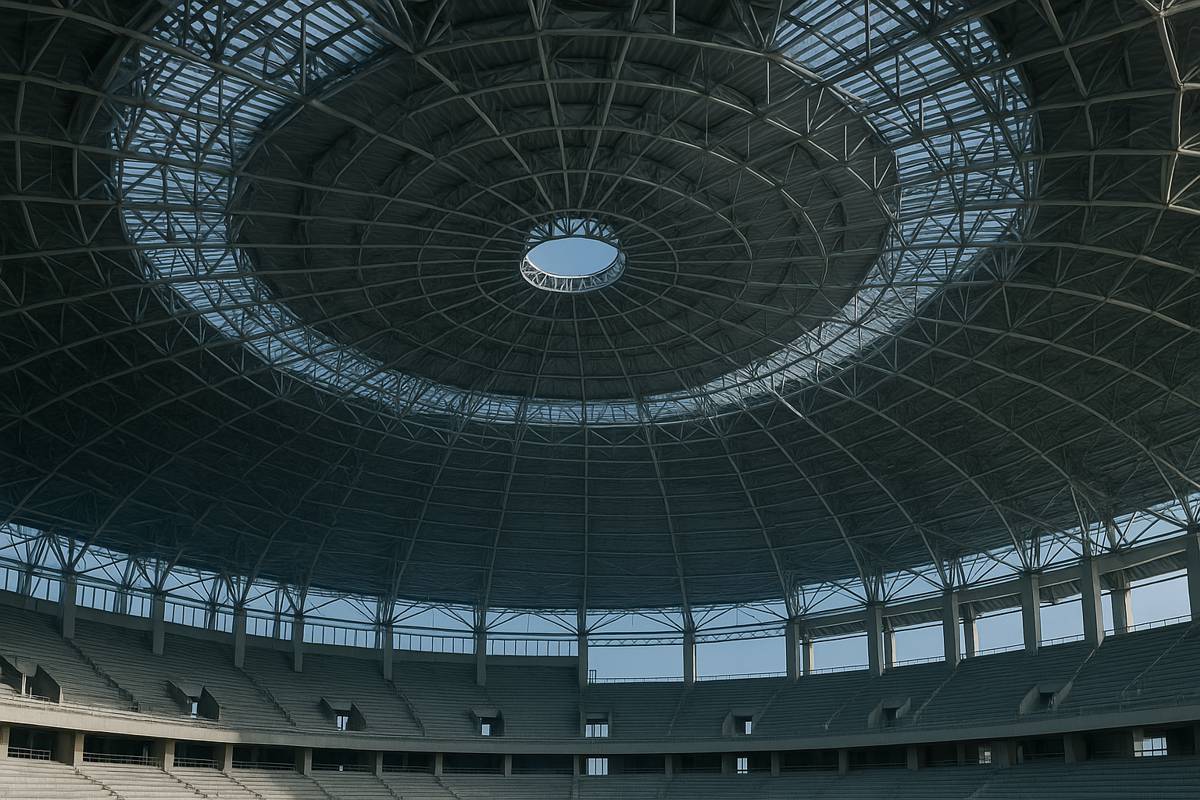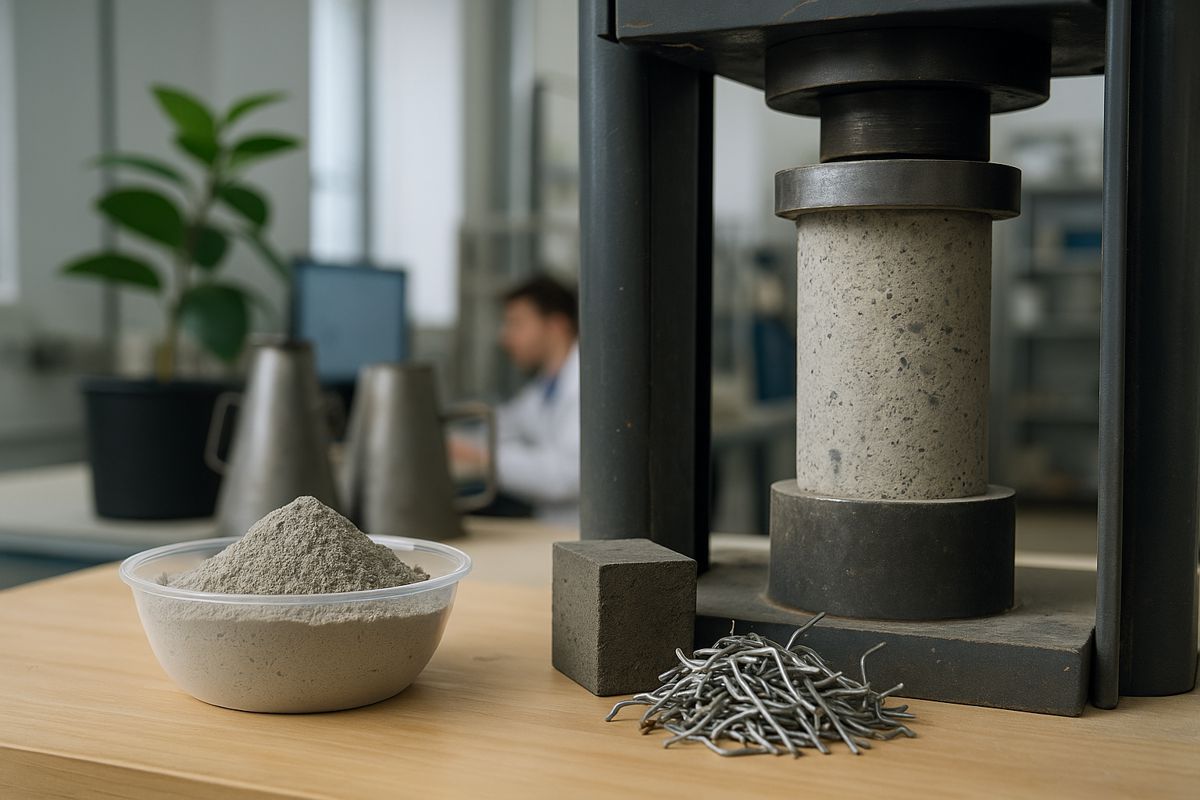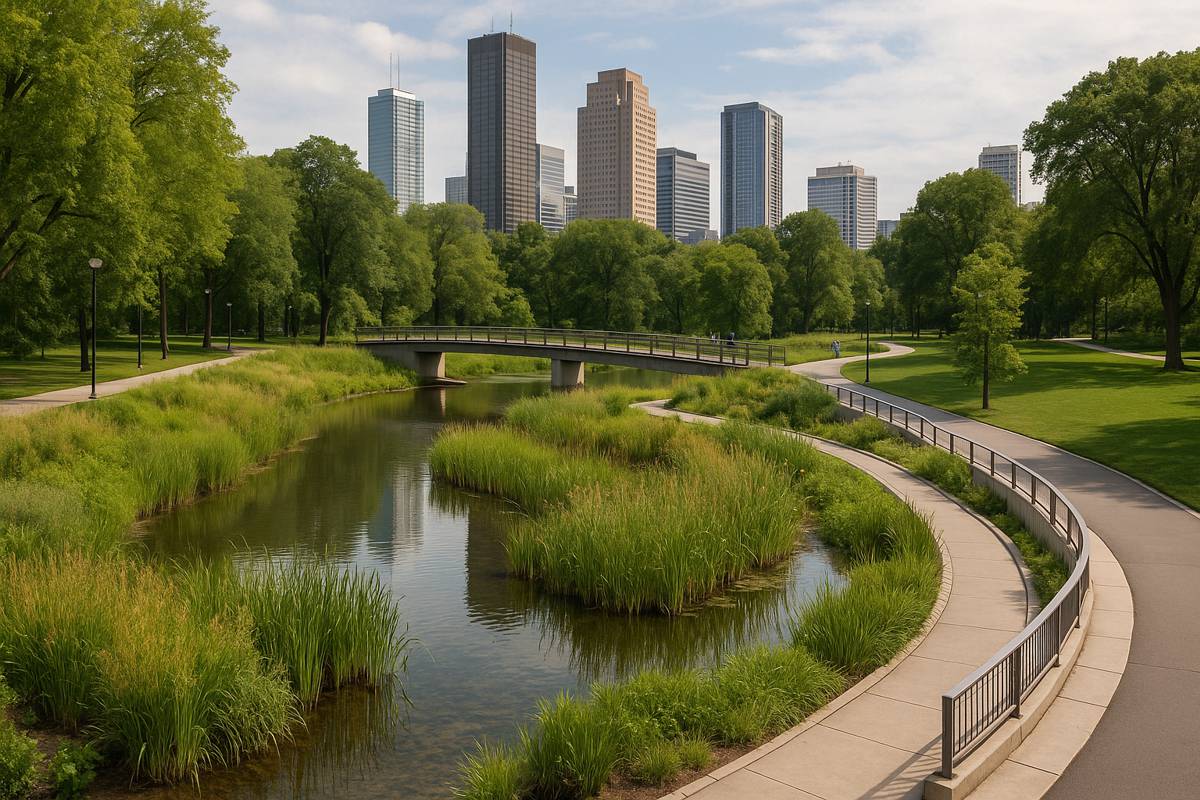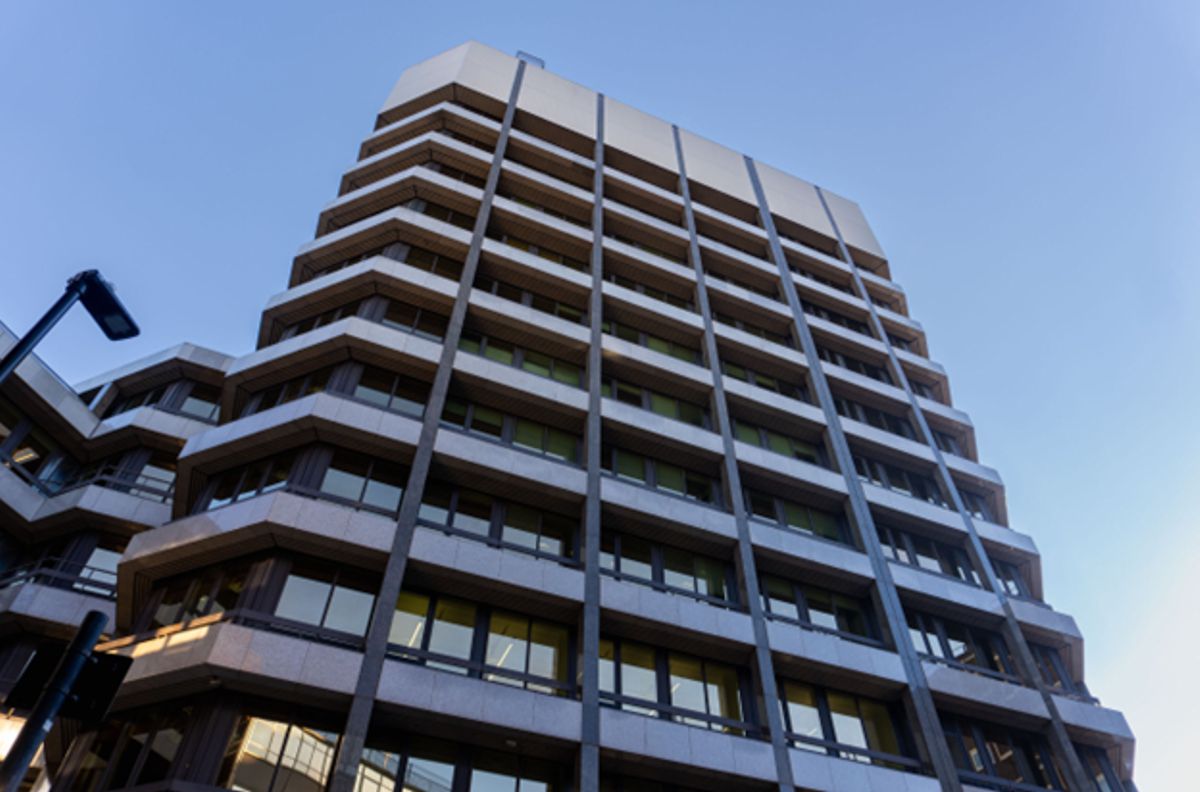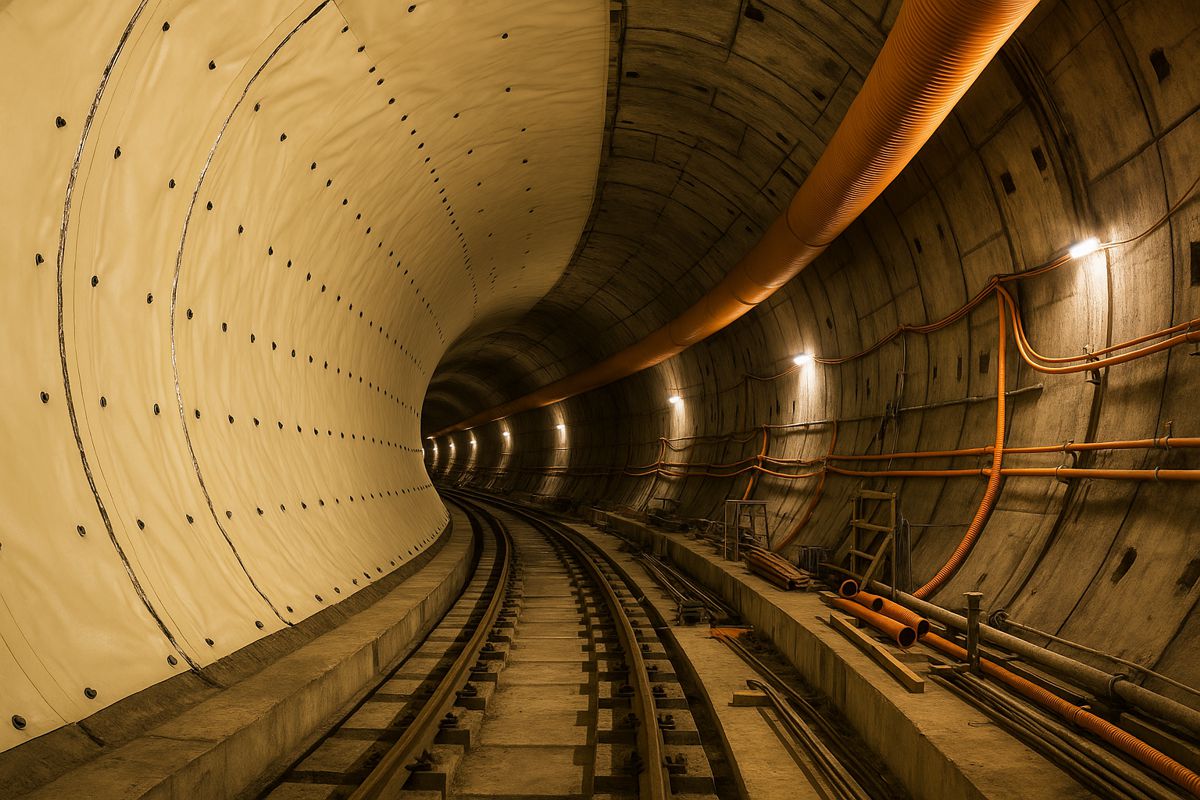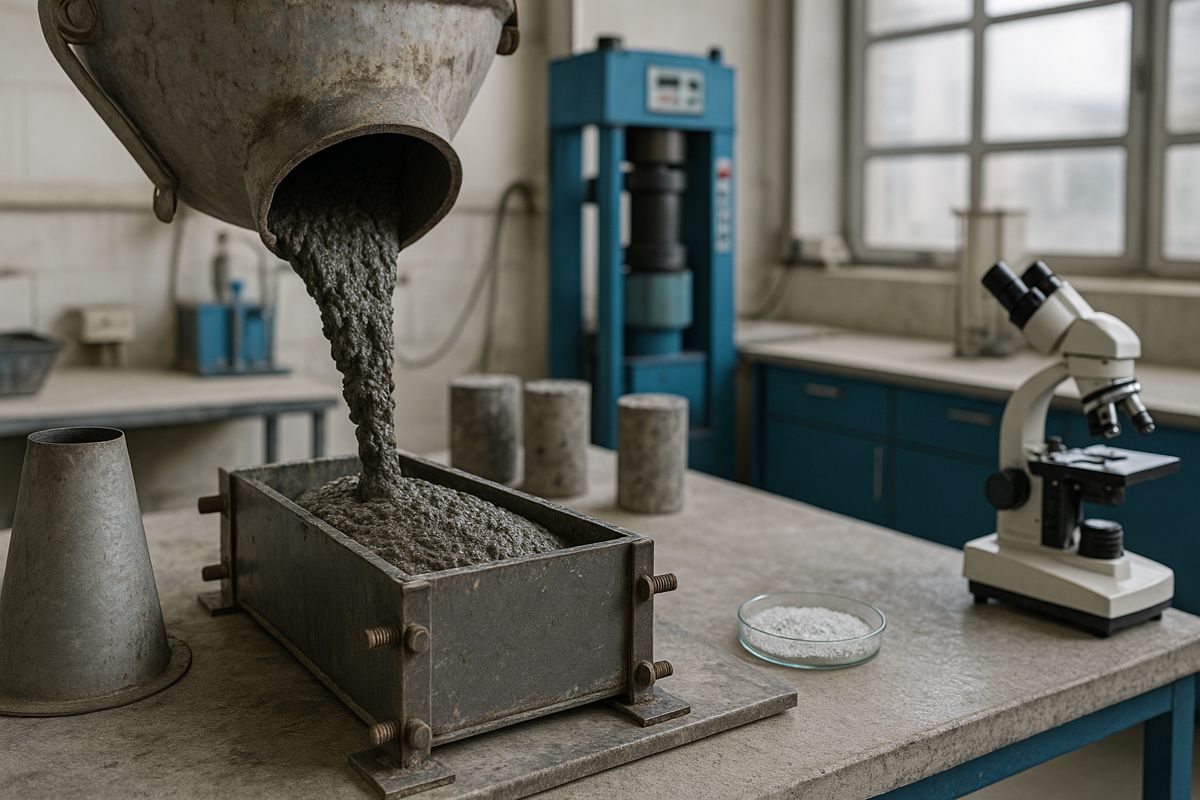CRH Introduces Romania’s First Wind Farm Powered Cement Plant
As the world pushes for sustainability, CRH, a global leader in building materials, is making bold strides in decarbonisation. The company has unveiled Romania’s first wind farm dedicated solely to powering a cement plant.
This landmark project underscores CRH’s commitment to greener construction practices, aligning with global climate goals while supporting Romania’s clean energy transition.
A Renewable Energy Milestone for Romania’s Construction Sector
CRH’s Medgidia Cement Plant in Romania is now partly powered by an exclusive wind farm—marking a first in the nation’s history. The wind farm, equipped with five turbines and a total capacity of 30 MW, became fully operational in late 2023. It generates an estimated 80 GWh annually, significantly offsetting the plant’s energy needs with renewable electricity.
Not only does this reduce the facility’s carbon footprint, but it also contributes to a greener grid for Romania. By cutting national energy-related CO₂ emissions by 40,000 tons each year, the wind farm stands as a beacon of sustainable progress in an energy-intensive industry.
Driving Decarbonisation in Cement Production
Cement manufacturing is notorious for its high carbon emissions, making decarbonisation a top priority for companies like CRH. By harnessing wind power, the Medgidia Plant significantly lowers the carbon footprint of its cement products, offering customers more sustainable construction materials.
“This is a significant clean energy project for CRH,” said Eunice Heath, Chief Sustainability Officer. “Building a wind farm to power one of our cement plants demonstrates our commitment to decarbonising and providing lower-carbon building materials solutions for our customers to help meet the changing needs of construction.”
The project is just one of many steps CRH is taking to align with its ambitious target to cut absolute carbon emissions by 30% by 2030. By generating renewable electricity on-site and integrating wind and solar power into its operations, CRH is setting a benchmark for the construction sector.
A Commitment Beyond Cement
CRH’s sustainable initiatives extend well beyond this project. Operating across 28 countries with over 78,500 employees, the company plays a pivotal role in constructing resilient infrastructure. From transportation networks to non-residential buildings, CRH integrates sustainability into its entire value chain.
CRH’s proactive approach has earned it recognition from Environmental, Social, and Governance (ESG) rating agencies, solidifying its reputation as a leader in sustainable construction. Beyond just providing materials, the company is shaping the future of a low-carbon built environment.
Romania’s Clean Energy Transition
The Medgidia wind farm also highlights the critical role of private enterprises in national clean energy transitions. Romania, like many European nations, is working to increase its renewable energy capacity to meet EU climate targets. CRH’s investment supports these efforts while providing a model for industrial-scale renewable energy integration.
This collaboration between private industry and public goals underscores a vital lesson: achieving a sustainable future requires collective action. CRH’s innovative use of renewable energy demonstrates how industries can align profitability with environmental responsibility.
Why Renewable Energy Matters in Construction
As the construction industry accounts for nearly 40% of global CO₂ emissions, adopting renewable energy solutions is more urgent than ever. CRH’s wind farm at Medgidia Cement Plant serves as a powerful reminder of the impact green initiatives can have when scaled to industrial operations.
Key benefits of renewable energy in construction include:
- Lower operational emissions: Reduces reliance on fossil fuels for energy-intensive processes.
- Cost savings: Stabilises energy costs by insulating against volatile fossil fuel prices.
- Enhanced brand reputation: Positions companies as leaders in sustainability, appealing to eco-conscious stakeholders.
By setting a precedent in Romania, CRH’s project could inspire similar ventures across Europe and beyond.
The Future of Cement
Looking ahead, CRH’s renewable energy endeavours are not just a response to climate change—they’re a roadmap for the industry. With global demand for cement unlikely to wane, sustainable innovations like the Medgidia wind farm are crucial. These initiatives help balance environmental concerns with the need for durable, high-performance construction materials.
For Romania, this project isn’t just about powering a single plant; it’s a step towards a more sustainable energy future. By embracing renewable energy on this scale, CRH is paving the way for an industry-wide transformation.
CRH’s wind farm at the Medgidia Cement Plant isn’t merely a feat of engineering—it’s a statement. It demonstrates that heavy industries can be part of the climate solution, blending profitability with responsibility. As the construction sector grapples with its environmental impact, CRH’s leadership offers a compelling vision of what’s possible.
In the years to come, projects like this will undoubtedly shape the future of construction. By investing in renewable energy, CRH is not just building materials; it’s building a sustainable legacy for generations to come.











